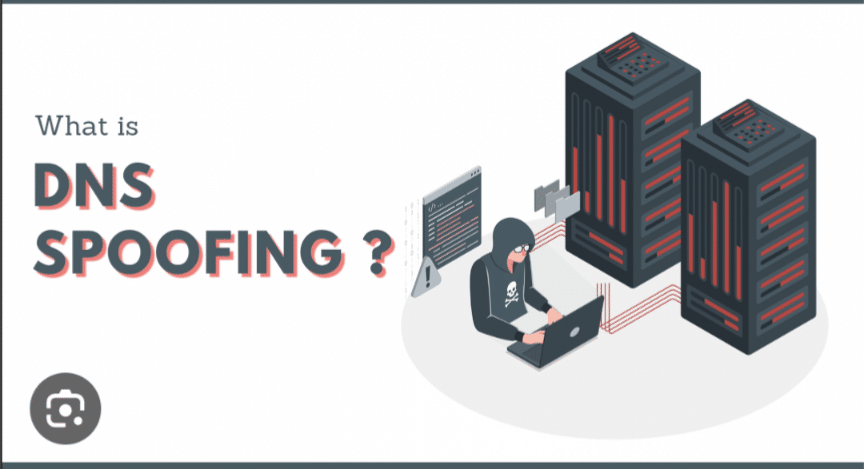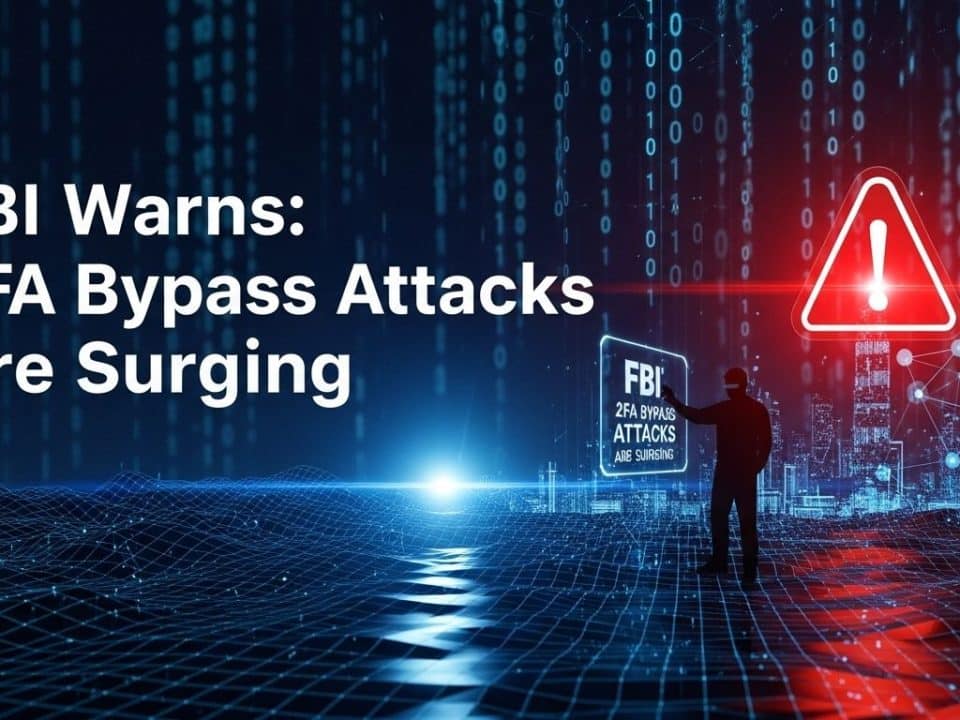
Don’t Feed the Ransomware Beast: Why Paying is a Risky Gamble
January 18, 2024
Heads Up, Invoices Aren’t Always What They Seem: TA866 Phishing Campaign Spreads Malware
January 20, 2024Imagine you’re driving to your favorite restaurant, relying on your GPS for directions. But what if someone surreptitiously altered the map, sending you down a dusty, dead-end road instead? That’s the essence of DNS spoofing, a cyberattack that manipulates the internet’s address book, directing users to fraudulent websites instead of their intended destinations.
Understanding DNS: The Web’s Address Book
The internet operates like a vast city, with websites as buildings and domain names as addresses. But just like city streets, domain names are difficult to remember, so we rely on a Domain Name System (DNS) to translate them into numerical IP addresses that computers understand. When you type a website address into your browser, the DNS acts like a phone book, looking up the corresponding IP address and directing you to the correct website.
The Art of Deception: How DNS Spoofing Works
DNS spoofing essentially intercepts this lookup process, acting like a rogue traffic cop who misdirects you. Cybercriminals employ various methods to achieve this:
- Cache Poisoning: Attackers inject fake IP addresses into DNS servers, contaminating the “phone book” with incorrect entries. When you type a website address, your request gets routed to the fake IP, leading you to a fraudulent website.
- Man-in-the-Middle Attacks: Attackers intercept your DNS request and redirect it to a server they control. This server then sends a fake response, directing you to a malicious website disguised as the legitimate one.
- Domain Hijacking: Attackers gain control of a legitimate domain’s DNS settings, effectively taking ownership of its web address. This allows them to redirect all traffic to their own fraudulent website.
The Dangers Lurking Down the Spoofed Path
The consequences of falling victim to DNS spoofing can be far-reaching:
- Financial Loss: Phishing websites can steal your login credentials for bank accounts, credit cards, or other online services, leading to financial theft.
- Data Breach: Malware embedded in spoofed websites can infect your device, stealing sensitive information like passwords, personal data, or even financial records.
- Reputational Damage: Attackers can use spoofed websites to impersonate legitimate businesses or individuals, damaging their reputation and causing confusion among customers or followers.
- Disrupted Operations: DNS spoofing can be used to target critical infrastructure, disrupting essential services and causing widespread chaos.
Navigating the Spoofed Web: Staying Safe Online
While DNS spoofing poses a serious threat, there are steps you can take to protect yourself:
- Use a VPN: A Virtual Private Network encrypts your internet traffic and routes it through a secure server, making it harder for attackers to intercept your DNS requests.
- Beware of suspicious websites: Look for red flags like typos in domain names, URLs that don’t match the expected format, and websites that lack security certificates.
- Keep your software updated: Outdated software often contains vulnerabilities that attackers can exploit to carry out DNS spoofing attacks.
- Use a reputable antivirus and anti-malware program: These tools can help detect and block malicious websites and malware.
- Be cautious with public Wi-Fi: Avoid entering sensitive information on websites when connected to public Wi-Fi networks, as they are more vulnerable to DNS spoofing attacks.
- Educate yourself and others: Spreading awareness about DNS spoofing can help protect yourself and others from falling victim to this cyberattack.
Remember: The internet is a vast and complex landscape, but by staying informed and adopting safe online practices, you can navigate it safely and avoid the pitfalls of DNS spoofing and other cyber threats.
Additional Tips:
- Consider using a DNS service provider with built-in security features.
- Be wary of unsolicited emails or messages that ask you to click on links or download attachments.
- Report any suspicious activity to your internet service provider or cybersecurity authorities.
By working together, we can build a more secure and trustworthy online environment for everyone.
Stay vigilant, stay safe, and happy browsing!
#DNSSpoofing #cybersecurity #onlinethreats #phishing #malware #dataprivacy #staysafe #securityawareness #internetsecurity
I hope this informative blog post provides you with a clear understanding of DNS spoofing and the steps you can take to protect yourself from this cyberattack. Remember, knowledge is your best defense, so share this information with others and help raise awareness about online safety.




